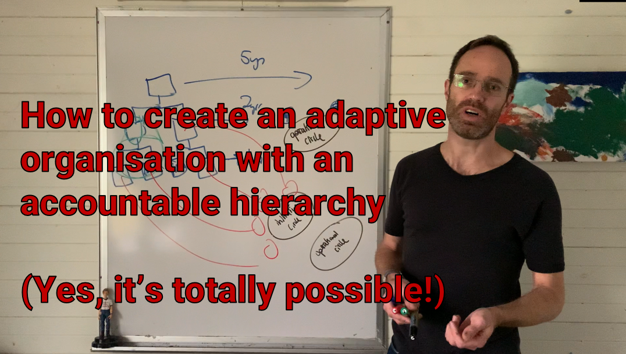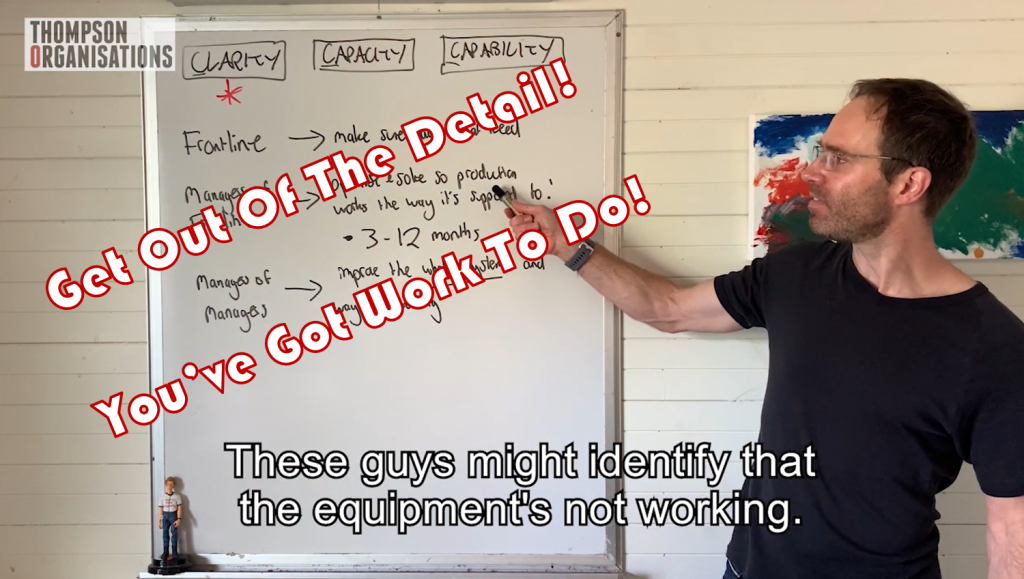Standards and Devotion – Leadership that changes people’s lives
Prefer to watch on video than read? Click here – 5 mins with captions.
Ever had a leader that changed your life? A teacher, a coach, a manager? Would you like to be able to make that sort of difference?
What’s needed is simple, but not easy – the combination of Standards and Devotion that Frances Frei and Anne Morriss write about in their book Unleashed, which you should read.
Four Boxes!
So, what are we talking about?
Standards are as it sounds – the performance we want out of people. The level they are supposed to meet.
Devotion is about how much we care for another. Their wellbeing, their success, whether they are OK.
Read more…









